RV rubber roofs are often interchangeable. That way, you can upgrade your current roof on your RV to a better rubber model. But what are the best rubber roofs for your RV? We scoured the marketplace for some excellent options you may want to check out.
Some of the best EPDM and TPO RV rubber roofs on the market are:
- Firestone RubberGard EPDM Rubber Roof
- Class A Customs Textured EPDM Rubber Roof
- Class A Customs TPO RV Rubber Roof Kit
- 00 Superflex TPO RV Rubber Roof Kit
- Lottes Roofing TPO RV Rubber Roof Kit
Keep in mind that each option offers unique advantages and shortcomings for different RV users. Continue reading as we talk about these RV rubber roofs in greater detail. We’ll also tackle the differences between the types of RV roofs to help you in your purchasing decision.
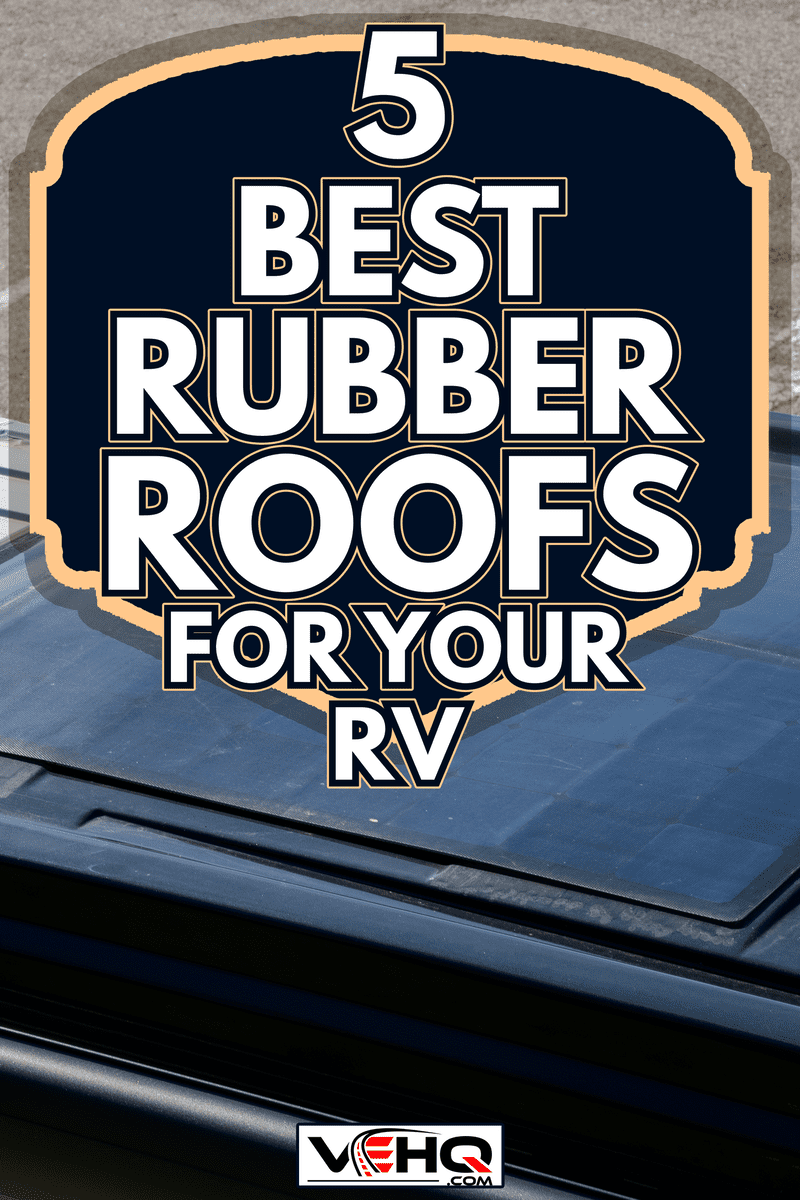
What Are The Different Types Of RV Roofs?
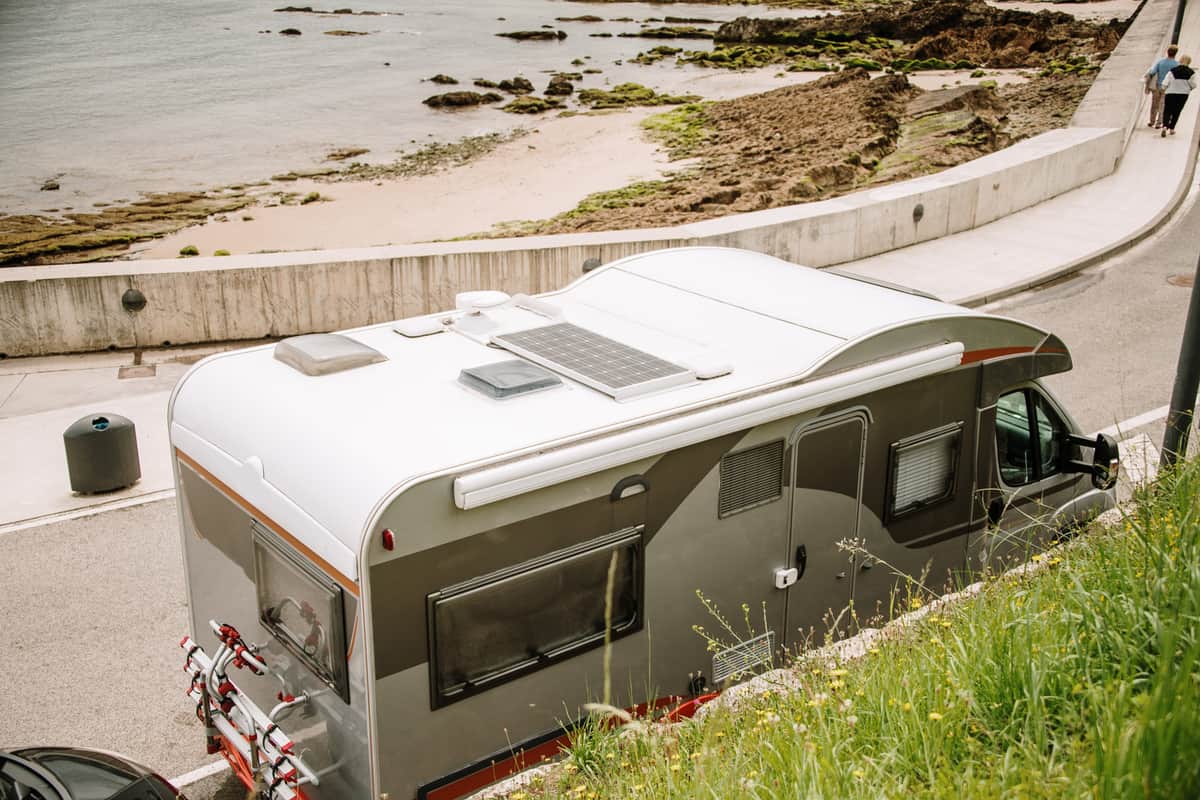
Generally, you can find four different types of RV roofs on the market, which are:
EPDM Rubber
Ethylene propylene diene monomer (EPDM) rubber is often a durable roofing material made with sturdy synthetic components. RV roofing made with this material often uses large panels attached to similarly massive membranes. EPDM surfaces can also withstand a reasonable amount of weather damage, including hail.
Aside from its exceptional durability, EPDM rubber roofs are also usually quite easy to install. The reason behind this trait is that it often doesn't require special tools, such as a welding machine, to set it at the top of a rig properly.
Find out more about EPDM rubber by watching the video below:
TPO Rubber
Unlike multi-layered EPDM roofs, thermoplastic polyolefin (TPO) rubber roofing typically uses a single sheet of this material. Despite the reduced durability as compared to EPDM, the use of a single layer generally means that TPO can be a reasonably lightweight choice. With this characteristic, it can be a good choice for RV owners that are conscious of their rigs' weight.
TPO rubber roofs may also promote other benefits like cost-effectiveness and high heat resistance. It should also be fairly easy to repair a damaged TPO RV roof as compared to fixing EPDM roofing.
Fiberglass
Fiberglass RV roofs may provide excellent value to different rig users. For instance, it’s reasonably durable for it does reasonably well in resisting different blunt forces, reducing instances of dents and scratches.
Another advantage of this RV roofing material is its sleek finish. Unlike the textured surfaces of some RV roof choices, fiberglass roofs for RVs usually have flat surfaces, promoting contemporary aesthetics. Also, you can find different color variations for fiberglass RV roofs to help them blend well with your camping vehicle.
Aluminum
Aluminum RV roofs typically sit on top of a wooden camper frame. Both smooth and textured options are available on the market, unlike its fiberglass cousin.
This particular material is also reasonably inexpensive, particularly when compared to fiberglass. However, aluminum roofs on rigs might be quite challenging to clean and maintain. Plus, it’s not as wind resistant as compared to other RV roofing options, which may reduce fuel efficiency.
Don’t forget to read our post on the types of RV roofs to gain additional insight on these kinds of rig roofing.
What Are The Best RV Rubber Roofs?
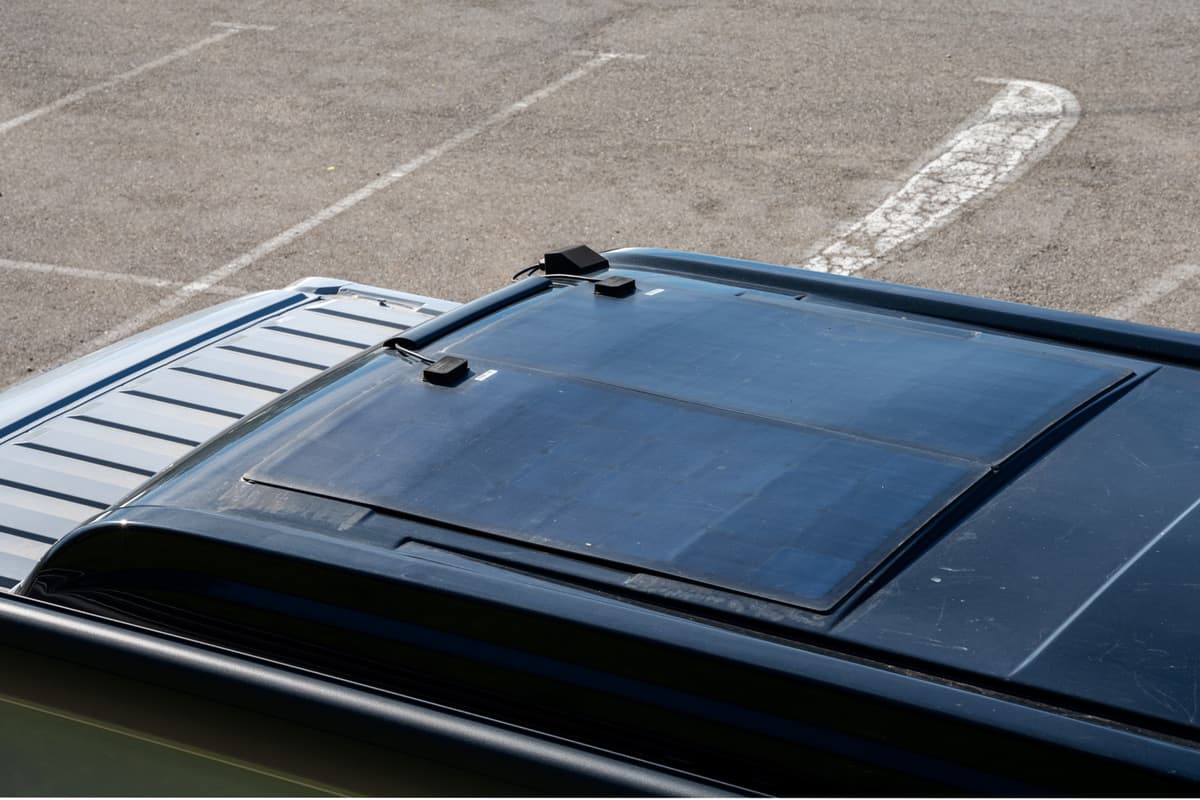
Some of the best rubber roofs for RVs on the market include (but aren’t limited to) the following:
1. Firestone RubberGard EPDM Rubber Roof
One of the main advantages of installing this EPDM rubber roof is its flexibility. That trait allows this rubber RV roofing material to contour to most rig shapes. It’s also fairly easy to install, following the general characteristic of EPDM rubber roofing.
However, this model is only available in dark gray. That means that interested buyers are relatively out of luck if they want to look at other color options.
Check out this product on Amazon.
2. Class A Customs Textured EPDM Rubber Roof
This EPDM rubber roof is one of the least expensive on the market. However, it typically doesn’t include other equipment and materials in its standard packaging. So, beginner installers may still need to purchase additional items to complete the installation of this rubber roof properly.
Nonetheless, this EPDM RV roof has a textured surface, promoting enhanced traction and adherence to its surface. It should also do a good job of resisting issues like cracks and scratches if installed correctly.
Check out this product on Amazon.
3. Class A Customs TPO RV Rubber Roof Kit
Although TPO RV roofs often only use one layer, this particular model uses a 2-ply construction. The extra layer allows this rubber roof to be more durable than its other TPO counterparts. It’s also reasonably lightweight at .165 pounds per square foot, especially when compared to a standard EPDM roof with the same number of layers.
Check out this product on Amazon.
4. 00 Superflex TPO RV Rubber Roof Kit
The manufacturer of this TPO rubber roof for RVs made it possible to develop a material that’s resistant to chalking, fading, and streaking. So, rig owners should be able to enjoy this roofing's visual appeal for years without the need for significant care practices. It’s also weatherproof, which should do reasonably well in resisting the elements like heavy rain and strong winds.
Check out this product on Amazon.
5. Lottes Roofing TPO RV Rubber Roof Kit
This TPO roof is about twice as thick when compared to other models using the same rubber material. However, the manufacturer made it possible to keep its weight reasonably light at 0.27 pounds per square foot. A limited warranty might also be available upon purchase of this product if bought from reliable retailers.
Check out this product on Amazon.
How Much Is A Roll Of EPDM Roof?
A roll of EPDM rubber roofing material has a typical cost range of about $3.25 to $14.75. With that price range, it should require rig owners, particularly those with 21 x 18-foot motorhomes, to spend about $1,228.50 to $5,575.50 for the installation of this rubber roofing material on their RVs with the help of professional services.
What Is The Life Expectancy Of A EPDM Roof?
EPDM rubber roofs often last about 50 or more years. The multi-layered approach to developing this roofing material provides it with excellent longevity. Some users may experience roughly similar performances even after EPDM roofing reaches about 30 years old.
How Long Does A TPO RV Roof Last?
The typical TPO rubber RV roof should last approximately 20 years. Replacement might be necessary once the material reaches or goes over that mark. If not, holes, leaks, and other issues might become apparent over time.
It’s also possible to extend the life of a TPO roof by giving it proper care through routine cleaning. Read our guide on how to clean a TPO RV roof to learn the correct way to do this process.
How Do You Maintain A Rubber RV Roof?
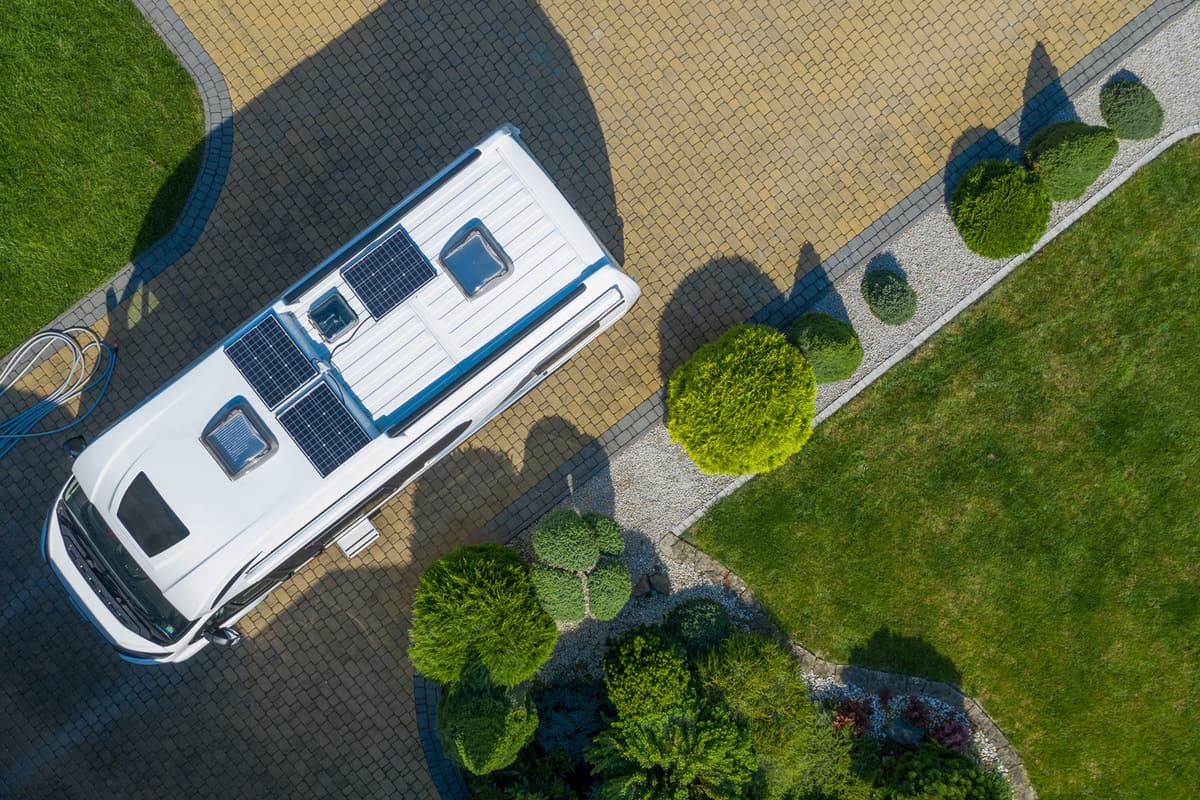
Take note that you should clean and treat your RV roof at least twice or three times per year. Base the frequency of the roofing’s care operations by taking note of certain factors, such as vehicle usage and roof type.
Also, you’ll most likely be stepping on the roof. That means that you should remove any debris on the soles of your shoes before proceeding with any care and maintenance operation for your rig’s roofing.
After taking note of those details, proceed to maintain the RV roof by following these steps:
What You’ll Need
- Soft-bristled broom
- Moist sponge mop
- Bucket
- Rubber roof cleaner
- Rubber roof treatment solution
Step-by-Step Guide
- Sweep the RV roof to remove loose dirt and debris.
- Spray rubber roof cleaner in sections, working your way from the front to the vehicle's rear.
- Agitate the cleaning solution with a moist sponge mop. Make sure to wring the collected sludge into an empty bucket.
- Allow the product to air dry for 24 hours.
- Apply a rubber roof treatment solution after the roofing dries completely.
- Spread the treatment product over the roof’s surface with a clean yet moist sponge mop.
- Allow another 24 hours for the treatment solution to air dry.
Check out this rubber RV roof cleaner on Amazon.
Watch this video to gain additional insight on how to care for your rubber RV roof properly:
Final Words
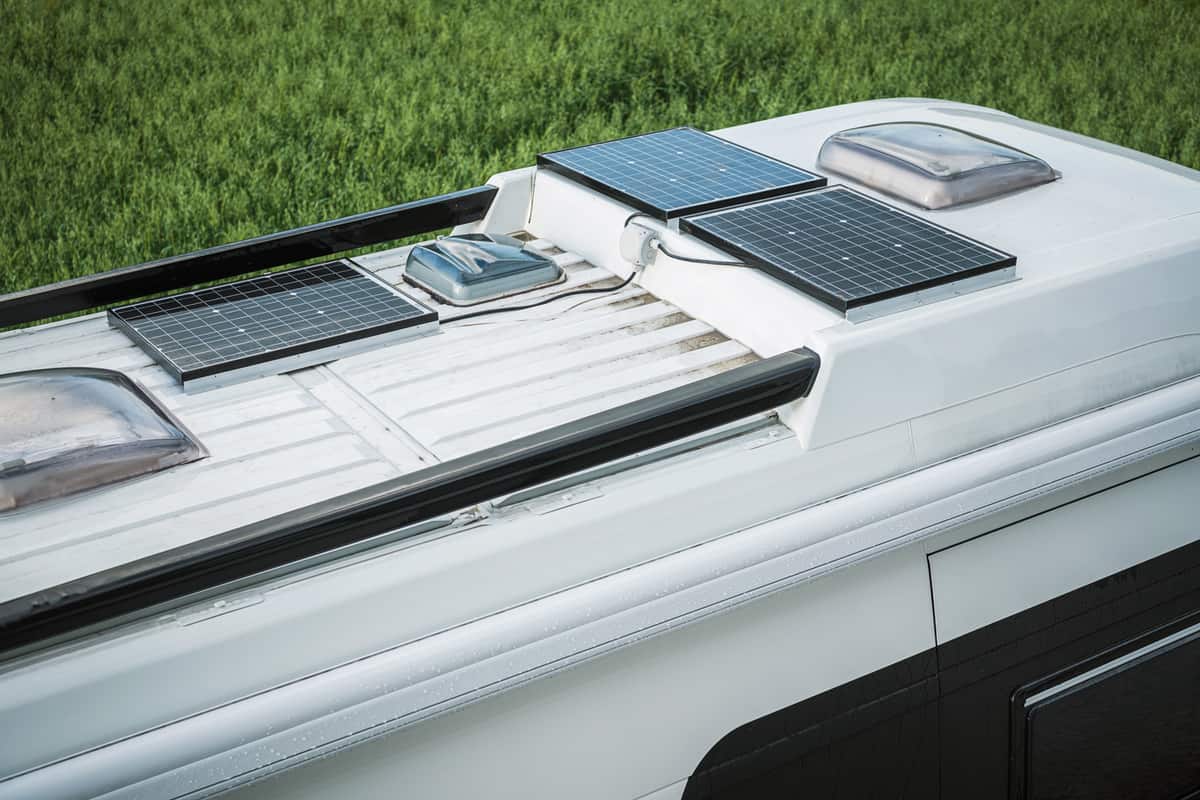
Various rubber roofs for RVs are available on the market. But some models, such as the Firestone RubberGard and the 00 Superflex Rubber Roof, often stand out from the rest of the crowd. These options are typically superior to many of their competitors, thanks to their offered benefits.






